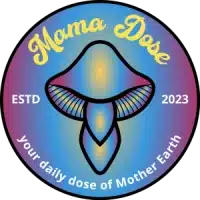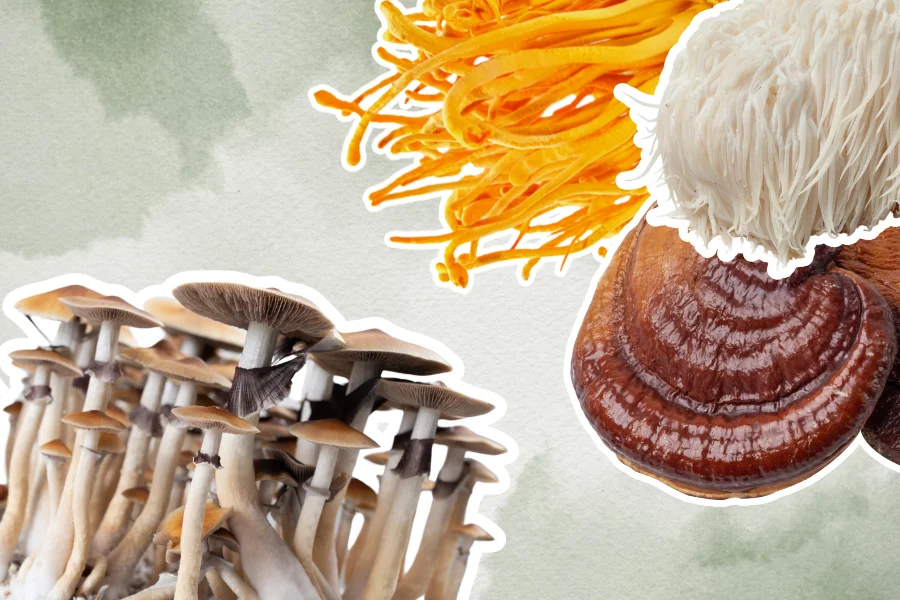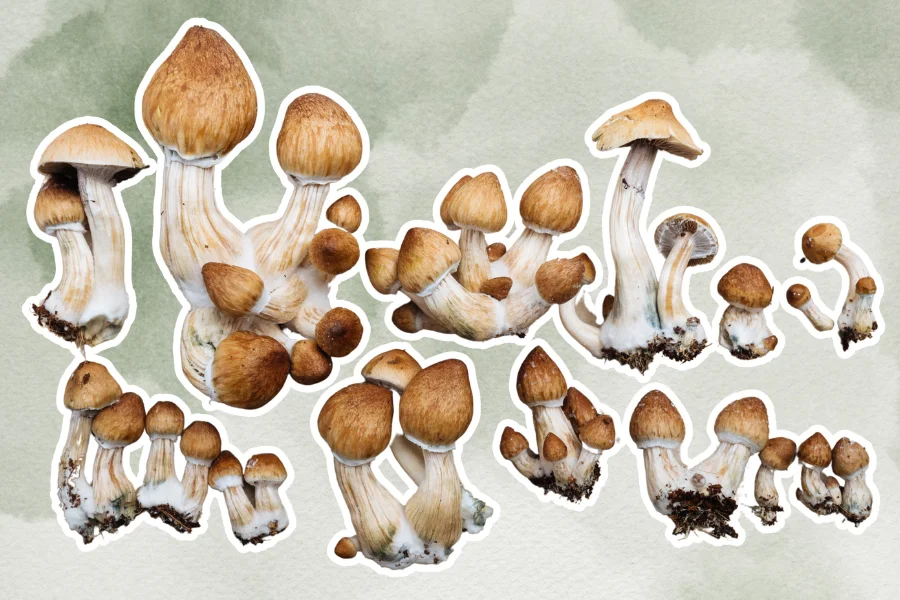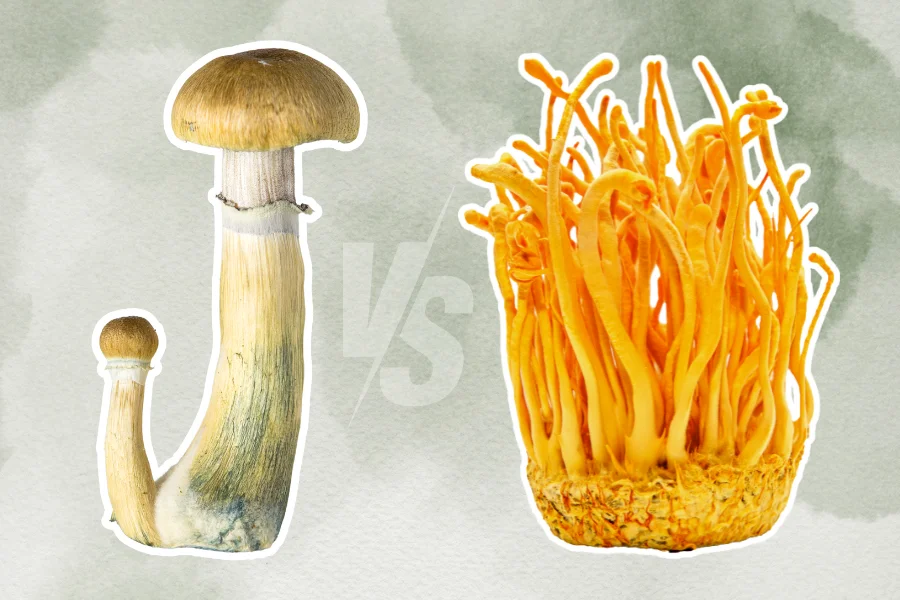

Table of Contents
Toggle
There are several associations that come to mind when the term “mushroom” is mentioned. Many people associate mushrooms with cooking, as they are frequently used as a condiment for meals. However, there’s much more to mushrooms than one may realize.
In the broad world of mushrooms, there are two types that commonly get mixed up, and that’s exactly what we’re going to clarify in this article. The main point of dispute between functional vs psychedelic mushrooms is whether or not they produce psychedelic effects. While functional mushrooms can not provide a “trip,” psychedelic mushrooms can cause psychedelic experiences. Although both varieties of mushrooms have potential benefits, their effects on the body and mind are very different. Let’s dispel any misconceptions surrounding the topic!
Functional mushrooms, also known as medicinal or adaptogenic mushrooms, have long been used in medicine to improve wellness, reduce stress, and strengthen the body’s defenses against disease. Functional mushrooms don’t produce any psychedelic effects, in contrast to psychedelic mushrooms. Instead, they enhance the overall functioning of the body, enabling optimal performance throughout the day.
These mushrooms have been used for ages in Chinese traditional medicine due to their potent polysaccharide and flavonoid content. According to research, these compounds do indeed activate the immune system and improve one’s functionality.

Functional mushrooms do not contain psilocybin, therefore they don’t cause psychedelic effects. However, they may help support healthy aging, normalize stress responses, and the ability to focus. That’s probably the reason many people combine these mushrooms with the psychedelic ones in their microdosing routines. Functional mushrooms are rich in antioxidants and may potentially reduce the effects of oxidative stress on the body. Some of the most well-known functional mushrooms include:
If you want to try functional mushrooms and avoid the dry and unpleasant flavor of their powdered form, check out our Myco Girl Grounded Gummies, a specially crafted blend of four functional mushrooms merged into delicious gummies that are easy to take.
Psychedelic mushrooms are well known for their hallucinogenic effects. These effects stem from the presence of psilocybin and psilocin, active compounds found in these types of mushrooms. According to people who use these mushrooms in their microdosing protocols they tend to improve creativity, mood, and cognition.
Depending on the dosage, the effects can be mild and subtle to overwhelming. When taken in high doses, psychedelic mushrooms can distort the perception of time and space, induce vivid hallucinations, and even contribute to experiencing “Ego Death“.

There are over 180 species of psychedelic mushrooms and they’re not all the same. It’s important to note which mushroom you’re using in your microdosing regimen so that the dosage can be calculated accordingly.
To gain a deeper understanding of the differences between psychedelic and functional mushrooms, let’s examine a few important aspects.

When comparing functional vs psychedelic mushrooms, we can see that they’re two different types, each with a distinctive set of benefits. While psychedelic mushrooms can have therapeutic uses when taken properly, especially when microdosing. Functional mushrooms are used as a dietary supplement due to their antioxidant properties that may be immune-boosting and adaptogenic. Myco Girl Grounded Gummies are an easy-to-use and convenient way to give functional mushrooms a try.
Contrary, psychedelic mushrooms contain psychoactive compounds that can induce altered states of consciousness when taken in high doses, unlike functional mushrooms. If you’re interested in microdosing, or you want to try combining psilocybin-infused microdosing products with functional mushrooms, Mama’s 30-Day Microdose Course is a great starting point for experimenting.
Understanding the differences between these two types of mushrooms enables people to make well-informed choices, taking into account cultural and legal standards as well as the possible advantages of these unique fungi.
Invite your friends and earn a discount on your next purchase. Your friend also earns a discount! Get started now, by sharing your referral link with your friends.
This item is currently out of stock!
By adding it to your cart, you confirm a backorder purchase, and we will ship it as soon as it becomes available.